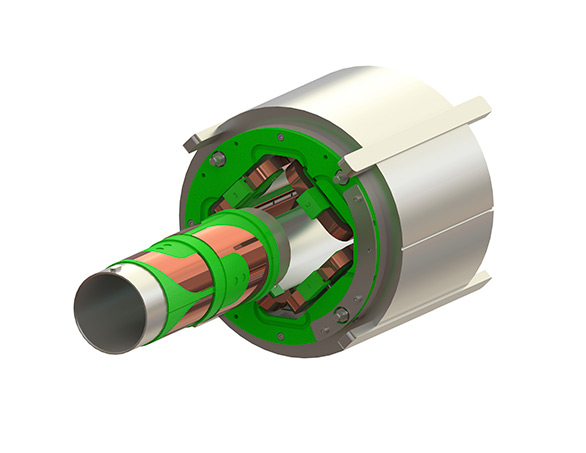What is a resistive magnet?
The resistive magnet is a kind of electromagnet that is used to treat high current values, in the same way as coil cooling. Unlike permanent magnets, electromagnets allow us to turn them on and off whenever we need them, we only have to disconnect them from the power supply. On the other hand, resistive magnets have a higher intensity than permanent magnets.
Resistive magnets can be divided into iron core and air core.
Resistive magnets do not lose electrical energy when the current begins to flow through the coil. The current then continues to flow without the need for an external source.
How resistive magnets work
Resistive magnets work in the same way as superconducting magnets. Unlike them, resistive magnets require a larger amount of electricity.
Resistive magnets need a large electric current that runs through coils, 4 to 6 to be more specific, these generate a static magnetic field. The movement of this current produces an increase in temperature. At the same time, it is necessary that this must pass through water cooling elements. Unlike other magnets, resistive magnets have a lower production cost, although they require more electricity. Their low efficiency is due to the cooling process which, being at low temperatures, reduces the resistance of the wire. This reduces the need for electricity, making it more economical.
What applications are resistive magnets used for?
Resistive magnets can be found in various applications. However, the most common application of resistive magnets is in MRI systems. Due to the high fields of these magnets, i.e. having a field strength of 0.3 teslas, which would theoretically consume 5 MV. MRI systems are magnetic resonance imaging systems that use magnets to analyze the internal organs of the body in order to prevent or treat infections, tumors, etc. Depending on the area to be treated, we find MRI for the thorax, lumbar, and abdomen. Another more common use in our day-to-day is the copper plate batteries.
Rare earth magnets and ceramic magnets
Rare earth magnets and ceramic magnets are permanent magnets. Permanent magnets are objects that have the ability to maintain the property of magnetization for an extended period of time. Depending on the properties of the magnet, we find neodymium, ferrite, alnico, and samarium magnets.
The rare earth group is composed of neodymium magnets with samarium magnets. They have a stronger magnetic field compared to the other permanent magnets (ferrite magnets and alnico magnets).
Difference between rare earth magnets and ceramic magnets according to characteristics:
Despite being in the same group of magnets, neodymium magnets and samarium magnets differ in several characteristics such as:
According to the composition of the magnets.
The combination of the different types of metals that make up the two types of magnets is different On the one hand, we find that neodymium magnets are composed of neodymium iron and boron, and samarium magnets are composed of samarium and cobalt. On the other hand, ceramic magnets are composed of strontium ferrite and barium ferrite.
According to the strength
If we refer to the strength of the magnetic field measured in MGOe, we find that the magnets that have the greatest strength in the magnetic field are neodymium magnets. Followed by samarium magnets and finally ceramic magnets or also known as ferrite magnets.
According to durability
The durability found in these magnets is different: on the one hand, we find neodymium magnets that are more fragile and need a coating. Then there are samarium magnets which are a little less fragile. Finally, we find ceramic magnets that have high corrosion resistance. According to the resistance to magnetization.
According to the resistance to magnetization.
From the point of view of magnetization resistance of the magnetic field, rare earth magnets have high remanence while ceramic magnets possess low.
Regarding the product energy, rare earth magnets have high magnetic energy, however, ferrite magnets have a low one, so to match the energy of neodymium and samarium magnets, you will need a magnet of a larger dimension.
Finally, the difference between rare earth magnets and ceramic magnets in the applications of these two types of magnets are different, since rare earth magnets are intended for motors and dynamos. Ceramic magnets, on the other hand, are intended for loudspeakers and sensors.










